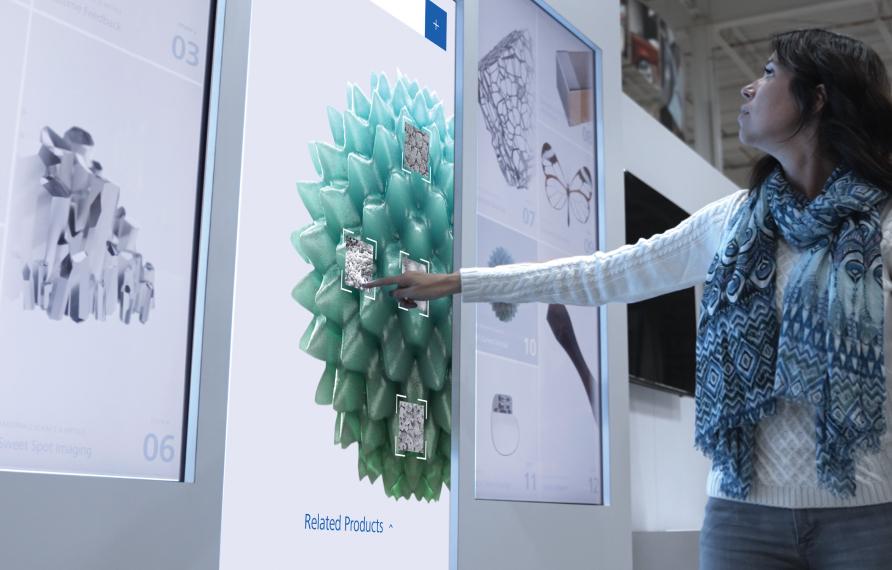Ancient Biomineralization
With Dr. James Schiffbauer


Which came first: The predator or the shell?
From the lab of Dr. James Schiffbauer
During the last 10 million years of the Ediacaran period, cloudinomorphs begin to evolve from simple walled organisms to those that produce a series of cone-shaped shells. That act of making a protective covering, biomineralization, represents a vital step in the development of bones, including our own.
It raises important questions. Because no sooner do these early shells appear in the fossil record than bite marks of predators appear as well. So, did the shells predate predators? Or did the animal develop a shell to protect itself?
These questions help motivate Dr. James Schiffbauer as he strives to learn more about animal evolution using ZEISS advanced microscopy methods.

Pyritized cloudinomorph fossil
This cloudinomorph tube, viewed here using backscatter electron imaging in a ZEISS Sigma 500VP, shows characteristic preservation via pyrite growth and replacement. This suite of fossils from southern Nevada dates to approximately 550 million years ago.



Nevada cloudinomorph fossil
A pyritized cloudinomorph fossil tube from Nevada showing rusty coloration from oxidative weathering.

Nevada Saarina fossil
A well-defined cloudinomorph tube assigned to the genus Saarina. Typically known to come from Russia, the one shown here is from Nevada.


“Animal origin stories are elusive. Microscopy is helping to connect previously unconnected dots.”
Dr. James Schiffbauer focuses his work on our earliest animal ancestors that evolved during the Ediacaran-Cambrian transition, and he employs analytical microscopy to gain insight into the role of soft tissue preservation during this evolutionarily important interval.

Experience more breakthroughs and download Dr. James Schiffbauer’s full research report.

Connect with us to go deeper on this research and receive updates on future breakthroughs.
Join us live
Locate a ZEISS event near you and discover the power of possibilities.
























